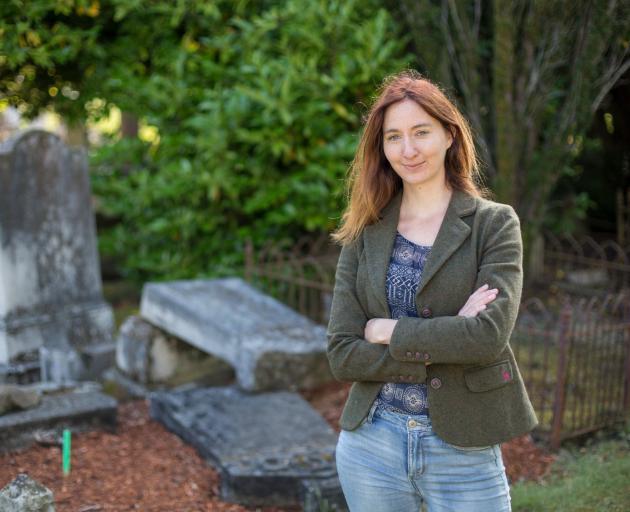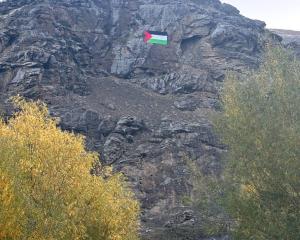
Dr King was speaking at the last and most popular of a series of Central Otago Heritage Trust Winter Warmer Talks at Cromwell Museum last week.
Her presentation last Wednesday evening, "Women on the Otago Goldfields", booked out so quickly the trust scheduled a second talk the following morning. That session was also fully booked.
"The preconception was that women on the goldfields were quite scandalous women — prostitutes or camp followers." Dr King said.
The truth was that women on the goldfields had diverse lives and jobs, she said.
"There were wives with their husbands, there were single women working as barmaids, seamstresses, laundresses — all the jobs considered to be civilising influences.
"Often they didn’t stay single for long," she said.
There were also female entrepreneurs, as many of the hotels were run by women, and women also prospecting for gold as miners. In the 1861 census, 143 European women listed their occupation as miner.
Women were also employed in the taverns as dancing girls until the Licensing Act of 1881 made that profession illegal.
There was an assumption that dancing girls were all prostitutes, but they were not necessarily sex workers, although some did moonlight, she said.
Dr King’s specialisation is the biochemical analysis of human remains, and she is part of the team working on historic cemeteries, including Drybread, about 10km from Omakau, Central Otago.
She uses the chemistry of the remains to recreate parts of their lives, such as birthplaces, diet, illnesses and environmental toxicity.
Dr King also did an analysis of Cromwell’s unknown miner, who was reburied in Cromwell Cemetery in May.
She said many people at her talks were members of historical groups or wanted to ask questions or share stories about their predecessors.
Her own family set up shop as general storekeepers in Clyde during the gold rush days, so she understands well the desire to learn more.
"It takes going out and talking about the women or any other marginalised group to bring their stories to life."











